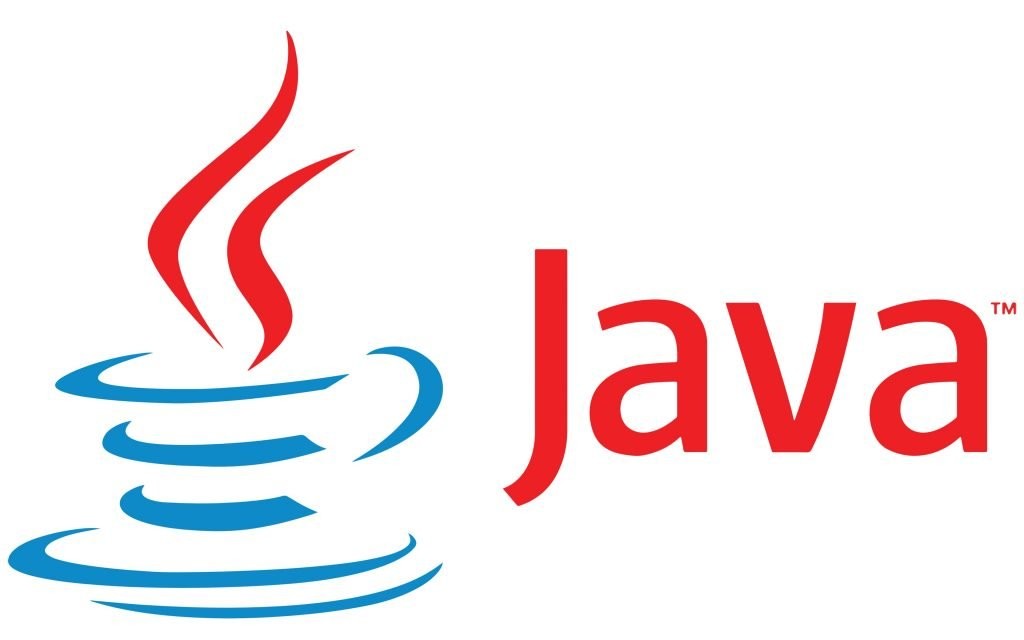Last Updated on May 18, 2024
In the realm of Java programming, the debate surrounding Java Pass by value vs. by reference often sparks confusion among developers.
At first glance, it might seem straightforward, but delving deeper reveals nuances that can reshape one’s understanding of how Java handles data passing. In this article, we’ll unravel the intricacies of Java’s pass-by-reference and pass-by-value mechanisms, exploring what they mean, how they function in Java, and the implications they carry for writing robust and efficient code.
Java Value Types
Value types represent data that is stored directly in memory. When you declare a variable of a value type, the variable contains the actual data itself, not a reference to the data stored elsewhere in memory. Java’s primitive data types, such as int, double, char, boolean, etc., are examples of value types.
value types are:
- Stored Directly: The actual value is stored directly in memory.
- Fast Access: Accessing and manipulating value types is typically faster because the data is stored inline with the variable.
- Immutable: Primitive types in Java are immutable, meaning their values cannot be changed once they are assigned.
- Pass by Value: When passed as arguments to methods, copies of the value are passed, rather than references.
Java Reference Types
Reference types, on the other hand, represent data that is stored elsewhere in memory, and variables of reference types hold references (memory addresses) to that data. Reference types include objects, arrays, and instances of classes.
Characteristics of Reference Types:
- Stored Indirectly: Variables store references to the data, not the data itself.
- Slower Access: Accessing and manipulating reference types typically involves an extra level of indirection, which can be slower than accessing value types directly.
- Mutable: Objects and arrays are mutable, meaning their contents can be changed after creation.
- Pass by Value (of Reference): When passed as arguments to methods, copies of the reference (memory address) are passed, not the actual object.
Demystifying Pass-by-Value
In Java, it’s important to understand that primitive types (such as int, double, char, etc.) are passed by value, meaning a copy of the value is passed to the method.
However, when it comes to objects, what’s passed by value is the reference to the object, not the object itself.
This sheds light to Pass by reference vs. by value dilemma and avoid confusion, as it might appear that objects are passed by reference. However, in reality, Java strictly passes references by value.
Let’s start by clarifying the concept of pass-by-value. In Java, when you pass a variable to a method, you’re not passing the actual object itself.
Instead, you’re passing a copy of the value of the variable. This means that any modifications made to the parameter inside the method do not affect the original variable outside the method’s scope.
Consider the following snippet:
public class Main {
public static void main(String[] args) {
int x = 10;
modifyValue(x);
System.out.println(x); // Output: 10
}
public static void modifyValue(int num) {
num = 20;
}
}In above example, even though the value of x is modified within the modifyValue method, it doesn’t alter the original value of x outside the method.
This behavior exemplifies the pass-by-value nature of primitive types in Java.
In the following example, a StringBuilder object sb is created in the main method and passed to the manipulateStringBuilder method.
However, what’s passed to the method is the reference to the StringBuilder object, not the object itself.
This reference is passed by value, meaning a copy of the reference is made and passed to the method. Inside the manipulateStringBuilder method, modifications are made to the same StringBuilder object that sb references, and these modifications are reflected outside the method.
public class Main {
public static void main(String[] args) {
StringBuilder sb = new StringBuilder("Hello");
manipulateStringBuilder(sb);
System.out.println(sb); // Output: Hello World
}
public static void manipulateStringBuilder(StringBuilder builder) {
builder.append(" World");
}
}Above example demonstrates the pass-by-value nature of object references in Java.
Navigating Pass-by-Reference Illusion
Now, let’s address the common misconception of Java being pass-by-reference.
While it’s true that when you pass an object to a method, you’re passing a reference to that object, it’s crucial to understand that this reference itself is passed by value.
Consider the following scenario involving an object:
public class Main {
public static void main(String[] args) {
StringBuilder sb = new StringBuilder("Hello");
manipulateStringBuilder(sb);
System.out.println(sb); // Output: Hello World
}
public static void manipulateStringBuilder(StringBuilder builder) {
builder.append(" World");
}
}Here, manipulateStringBuilder receives a copy of the reference to the StringBuilder object sb. Any modifications made to the object through this reference are reflected outside the method.
However, if the method were to assign a new object to the parameter, it wouldn’t affect the original object.
public class Main {
public static void main(String[] args) {
StringBuilder sb = new StringBuilder("Hello");
manipulateStringBuilder(sb);
System.out.println(sb); // Output: Hello
}
public static void manipulateStringBuilder(StringBuilder builder) {
builder = new StringBuilder("New StringBuilder");
}
}In this scenario, reassigning builder to a new StringBuilder object doesn’t alter the original object sb.
This behavior aligns with Java’s pass-by-value principle, where only the value of the reference is copied and passed, not the object itself.
How to Pass by Reference in Java?
If you want to modify the reference itself, such as assigning a new object to it, you can’t achieve this using standard Java mechanisms.
Java strictly passes references by value, so reassigning the reference inside a method does not affect the original reference outside the method.
To achieve a behavior closer to pass by reference, you can wrap the object inside a container object (like an array or a single-element array) or use Java’s AtomicReference class.
import java.util.concurrent.atomic.AtomicReference;
public class Main {
public static void main(String[] args) {
AtomicReference<StringBuilder> atomicSb = new AtomicReference<>(new StringBuilder("Hello"));
// Pass the AtomicReference to a method
manipulateStringBuilder(atomicSb);
// Get the modified StringBuilder
StringBuilder sb = atomicSb.get();
System.out.println(sb); // Output: Hello World
}
public static void manipulateStringBuilder(AtomicReference<StringBuilder> atomicSb) {
// Retrieve the StringBuilder from the AtomicReference
StringBuilder sb = atomicSb.get();
// Modify the StringBuilder
sb.append(" World");
// Update the AtomicReference with the modified StringBuilder
atomicSb.set(sb);
}
}In the above example, an AtomicReference object atomicSb is created with an initial value of a StringBuilder containing “Hello”.
The manipulateStringBuilder method is then called, passing atomicSb as an argument. Inside the method, the StringBuilder object is retrieved from the AtomicReference, modified by appending ” World” to it, and then set back into the AtomicReference.
These approaches often introduce complexity and are not commonly used in everyday Java programming. In most cases, leveraging Java’s pass-by-value semantics and manipulating object state through references suffices for achieving the desired behavior.
Implications for Java Development
Understanding the nuances of pass by value vs. by reference in Java is crucial for writing efficient and bug-free code.
Here are some implications to consider:
- Immutable Objects: Immutable objects, such as Strings, behave differently when passed to methods. Since their values cannot be changed, any modifications result in a new object being created. This behavior aligns perfectly with Java’s pass-by-value mechanism.
- Mutable Objects: When dealing with mutable objects, developers must be mindful of unintended side effects. Since modifications to mutable objects within methods affect the original objects, it’s essential to document and manage such changes carefully to maintain code clarity and predictability.
- Performance Considerations: Java’s pass-by-value approach can have performance implications, especially when dealing with large objects. Passing objects by value means that copies of the reference are made, but the underlying object remains unchanged. This can lead to increased memory consumption and potential performance overhead, particularly in scenarios involving frequent method calls with large objects.
- Functional Programming Paradigm: In functional programming, immutability is a key concept. Java’s pass-by-value nature aligns well with this paradigm, as it discourages in-place modifications and encourages a more functional style of programming, where objects are treated as immutable entities.
Conclusion
This article attempts to clarify Java’s Pass by Value vs. by Reference dilemma.
While the debate over whether Java is pass-by-reference or pass-by-value may seem trivial at first, understanding the nuances of these mechanisms is crucial for writing robust and efficient code.
Java’s pass-by-value approach, where copies of variable values are passed to methods, ensures predictability and clarity in code behavior.
The reference nature of objects can sometimes lead to confusion, emphasizing the importance of grasping the distinction between passing by value and passing by reference. By embracing these concepts and their implications, developers can leverage Java’s strengths to write cleaner, more maintainable code that stands the test of time.

